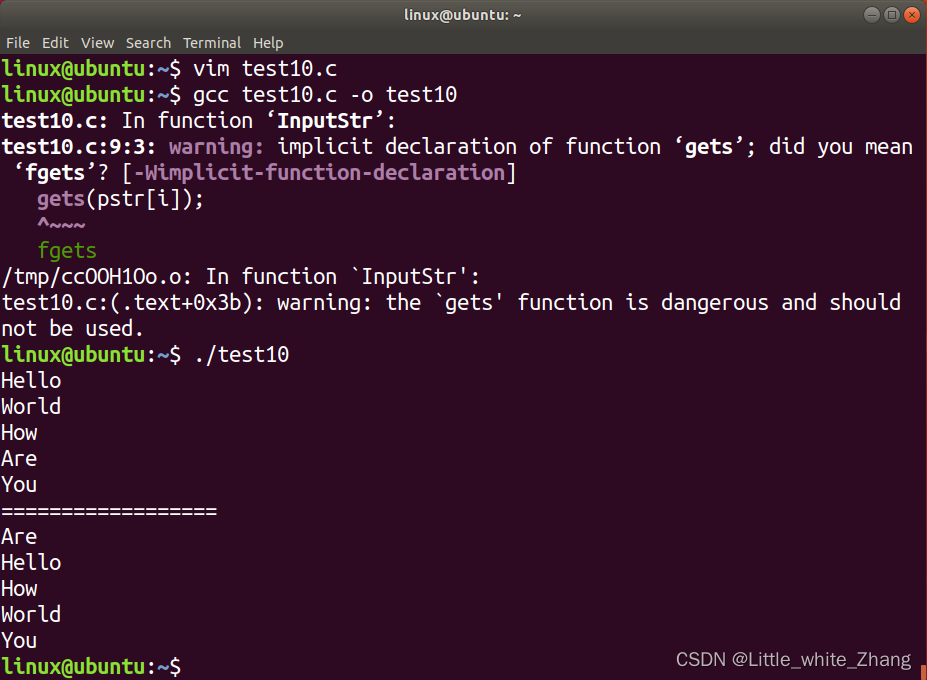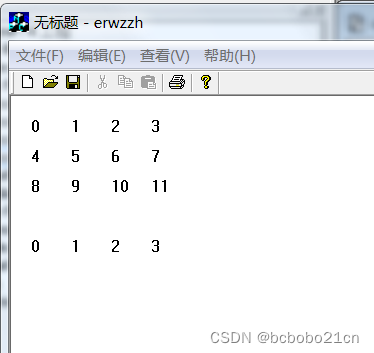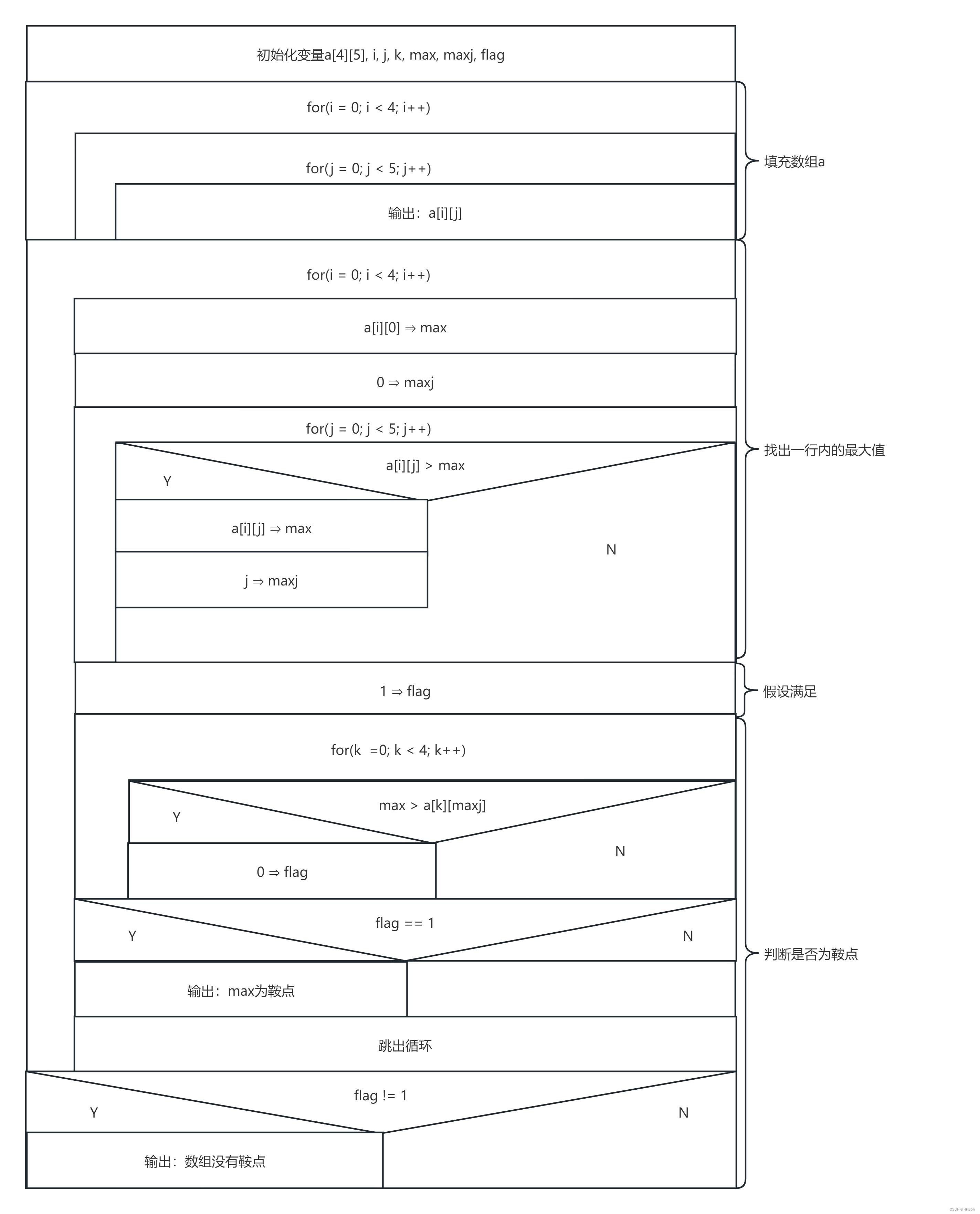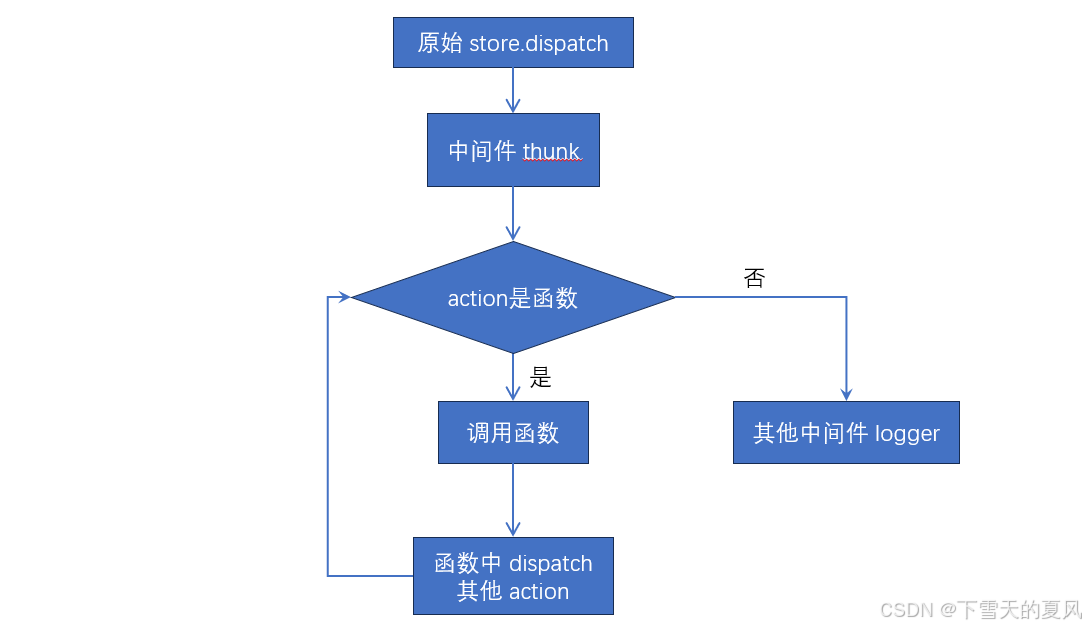Python
bisect_left
功能:找到插入位置,使得插入后的数组仍然有序。
语法:
bisect.bisect_left(a, x, lo=0, hi=len(a))a:待搜索的数组。x:待插入的值。lo:搜索的起始位置,默认为 0。hi:搜索的结束位置,默认为数组的长度。
返回值:第一个不小于
x的元素的位置。
bisect_right
功能:找到插入位置,使得插入后的数组仍然有序。
语法:
bisect.bisect_right(a, x, lo=0, hi=len(a))a:待搜索的数组。x:待插入的值。lo:搜索的起始位置,默认为 0。hi:搜索的结束位置,默认为数组的长度。
返回值:第一个大于
x的元素的位置。
C++
lower_bound
功能:找到范围内第一个不小于给定值的位置。
语法:
std::lower_bound(first, last, value, comp)first:范围的起始迭代器。last:范围的结束迭代器。value:待查找的值。comp:自定义比较函数(可选)。
返回值:第一个不小于
value的元素的迭代器。
upper_bound
功能:找到范围内第一个大于给定值的位置。
语法:
std::upper_bound(first, last, value, comp)first:范围的起始迭代器。last:范围的结束迭代器。value:待查找的值。comp:自定义比较函数(可选)。
返回值:第一个大于
value的元素的迭代器。
对二维数组进行比较
在 Python 和 C++ 中,通常需要自定义比较函数来比较二维数组的特定元素。
Python 示例
import bisect
def compare_second_element(a, x):
return a[1] < x
a = [[1, 3], [2, 5], [3, 7], [4, 9]]
x = 6
# 使用 bisect_left 和自定义比较
index = bisect.bisect_left(a, x, key=lambda pair: pair[1])
print("Index:", index)
import bisect
# 自定义比较函数
def compare_second_element(x):
return x[1]
# 二维数组
a = [[1, 3], [2, 5], [3, 7], [4, 9]]
x = 6
# 查找第一个大于x的第二个元素的位置
index = bisect.bisect_right(a, [0, x], key=compare_second_element)
print("Index:", index)
if index < len(a):
print("Found element:", a[index])
else:
print("Element not found.")
C++ 示例
#include <iostream>
#include <vector>
#include <array>
#include <algorithm>
using namespace std;
int main() {
vector<array<int, 3>> a = {
{1, 3, 5},
{2, 5, 6},
{3, 7, 8},
{4, 9, 10}
};
int value = 6;
// 使用 lower_bound 查找
auto it = lower_bound(a.begin(), a.end(), value, [](const array<int, 3>& v, const int& value) {
return v[1] < value;
});
if (it != a.end()) {
cout << "Found element: [" << (*it)[0] << ", " << (*it)[1] << ", " << (*it)[2] << "]" << endl;
} else {
cout << "Element not found." << endl;
}
return 0;
}
#include <iostream>
#include <vector>
#include <array>
#include <algorithm>
using namespace std;
int main() {
// 定义二维数组
vector<array<int, 3>> a = {
{1, 3, 5},
{2, 5, 6},
{3, 7, 8},
{4, 9, 10}
};
int value = 6;
// 使用 upper_bound 查找第一个大于 value 的元素位置
auto it = upper_bound(a.begin(), a.end(), value, [](const int& value, const array<int, 3>& v) {
return value < v[1];
});
// 输出结果
if (it != a.end()) {
cout << "Found element: [" << (*it)[0] << ", " << (*it)[1] << ", " << (*it)[2] << "]" << endl;
} else {
cout << "Element not found." << endl;
}
return 0;
}








![[<span style='color:red;'>C</span>++基础学习]----04-一<span style='color:red;'>维</span><span style='color:red;'>数</span><span style='color:red;'>组</span><span style='color:red;'>和</span><span style='color:red;'>二</span><span style='color:red;'>维</span>数组详解](https://img-blog.csdnimg.cn/direct/92bc43be50914843ae576fd07e38d587.png)





































